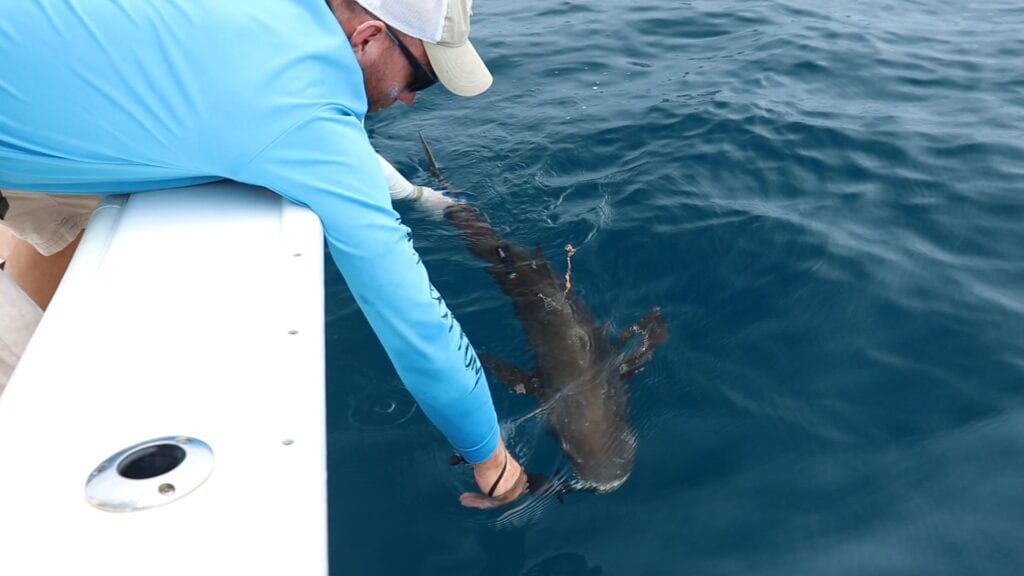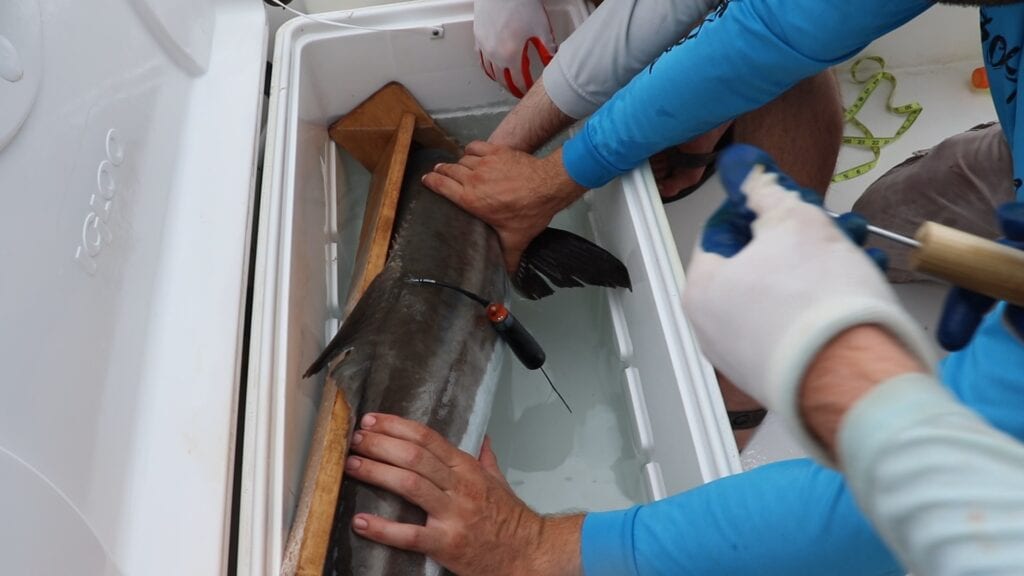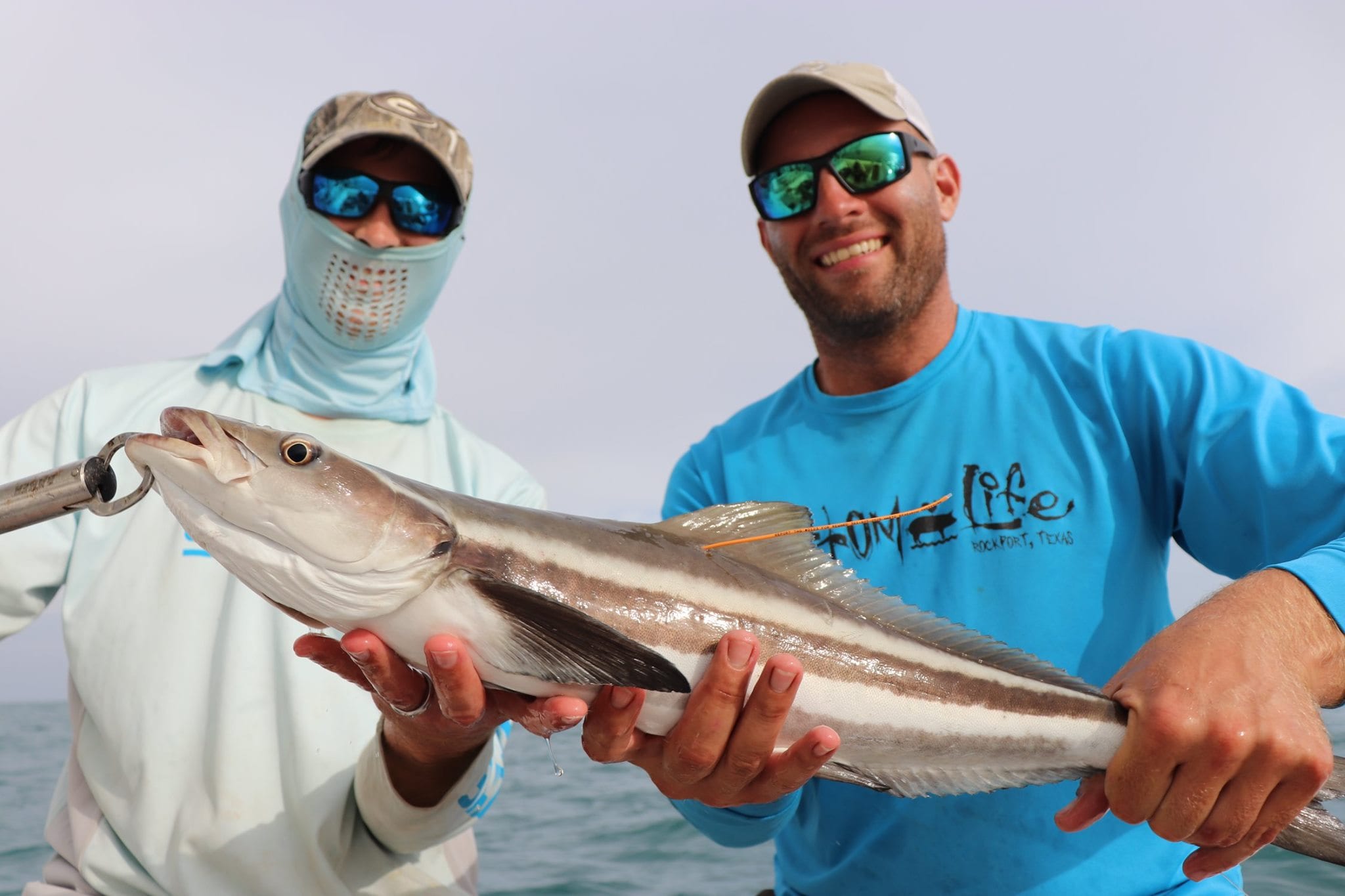Story by Lili Sams, Lone Star Outdoor News
Dr. Matt Streich, a research scientist for the Harte Research Institute for Gulf of Mexico Studies, is leading a study on the seasonal movements of cobia in the Gulf.
Streich enjoys catching cobia, or ling as they are most often called in Texas. He noted anglers voicing concerns over cobia the last few years during Gulf of Mexico Fishery Management Council meetings. The anglers said they haven’t caught as many cobia as they had in the past.

Streich wondered what was going on, and noticed there wasn’t a lot of research on the species. And the research didn’t account for some of the fish moving on from Texas and being caught in Mexico.
His study seeks to examine the movements and wintering patterns. Streich said typically the cobia come in closer to
shore in the late spring, or at least this is when anglers tend to catch them. He said the fish prefer warmer wa- ter somewhere in the 68-degree mark and above. Then by late fall, the cobia seem to disappear.
“Where are they going? And who is catching them? Onshore or off- shore?” he asked.

Starting this year, 17 satellite tags, funded by the Gulf of Mexico Fishery Management Council, will track the tagged fish and “pop off” at a defined date in January or February of
next year.
The satellite tracks the fish and once the tag is “popped off” the final destination during the wintering months will be determined.
In an effort to better understand their seasonal movements, Streich and the Center for Sportfish Science and Conservation have partnered with citizen scientists and anglers to begin tagging cobia to increase the numbers of studied fish.
“It’s a good way for anglers to contribute,” Streich said.
So far, he has distributed more than 100 dart tags and is looking for more anglers to become involved.
If you recapture one of the tagged fish, please record and report the tag number, date, length, and location to the Center for Sportfish Science and Conservation by calling (361) 825-2525.
This information will provide insights on the movement (tagging vs. recapture loca- tion) and growth (size-at-tagging vs. size-at-recapture) of these fish. They are offering a reward for reporting this information.


